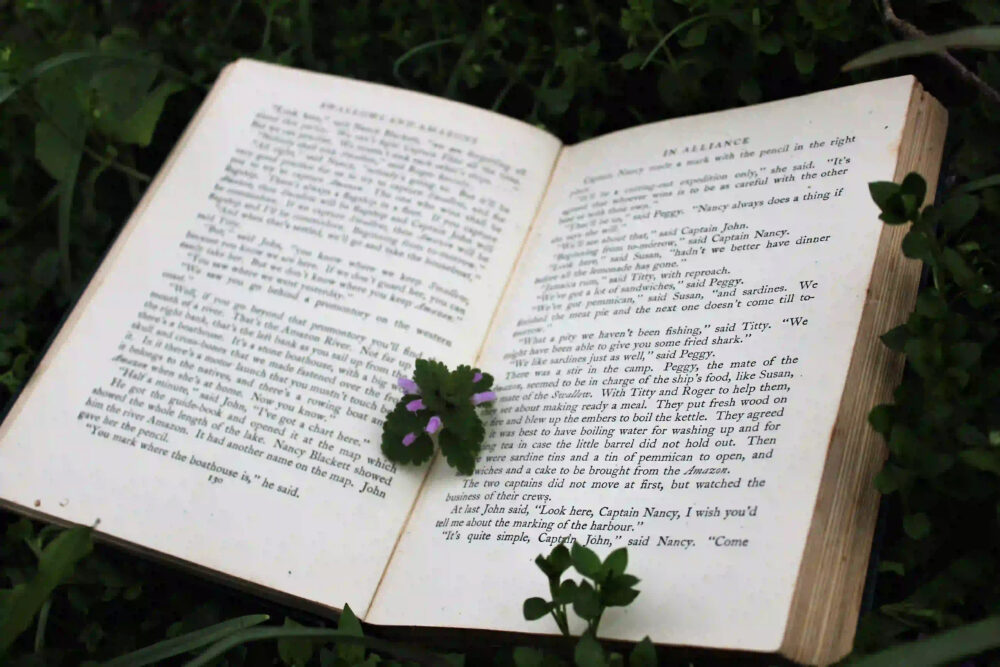Fantasy literature has the power to transport us to extraordinary worlds beyond our imagination. These enchanting realms are meticulously crafted by talented authors who possess the art of world-building. In this blog post, we will explore the intricacies of creating imaginary realms in fantasy literature, uncovering the secrets behind this captivating craft.
The Foundations of World-Building
World-building is the process of constructing an entire fictional universe within the pages of a book. It involves creating a rich tapestry of history, geography, cultures, and magic systems that seamlessly blend together to form a coherent and immersive world. Every aspect of the world must be carefully considered, ensuring that it aligns with the story’s themes and supports the plot and character development.
Geography and Setting
The geography and setting of a fantasy realm play a crucial role in shaping its identity. Authors often draw inspiration from real-world locations or invent entirely new landscapes. From towering mountain ranges and sprawling forests to vast oceans and mystical islands, the geography sets the stage for grand adventures and hidden treasures.
Cultures and Societies
Culture breathes life into a fantasy world, giving it depth and complexity. Authors create unique societies with their own customs, beliefs, and social structures. By delving into the intricacies of these cultures, readers gain a deeper understanding of the world and its inhabitants. From nomadic tribes to sprawling empires, the diversity of cultures adds richness to the narrative.
Magic Systems
Magic is a quintessential element of fantasy literature. The creation of a well-defined and consistent magic system is vital for world-building. Authors establish rules, limitations, and sources of magic, ensuring that it remains believable and grounded within the context of the story. The exploration and utilization of magic by characters become a driving force within the narrative, shaping the world and its conflicts.
History and Lore
A rich history and lore give depth and authenticity to a fantasy realm. By weaving tales of ancient civilizations, epic battles, and legendary heroes, authors create a sense of time and tradition. The past influences the present, and the characters’ actions are often shaped by the events that unfolded long before their time. History and lore provide a sense of continuity and make the world feel lived-in.
Creating an Immersive Reading Experience
World-building is not merely about constructing a detailed backdrop; it is about providing readers with an immersive reading experience. Here are a few techniques authors employ to achieve this:
Show, Don’t Tell
Instead of bombarding readers with information, skilled authors reveal the intricacies of their world gradually. They show the readers through vivid descriptions, engaging dialogue, and character interactions. This allows readers to experience the world organically, fostering a sense of discovery and wonder.
Attention to Detail
Attention to detail is paramount in world-building. The inclusion of small, seemingly insignificant details can make the world feel authentic and lived-in. From the unique flora and fauna to the architecture and fashion, every element should be carefully considered, enhancing the overall reading experience.
Consistency and Continuity
Maintaining consistency and continuity is essential in world-building. Authors must ensure that the rules established within their world remain intact throughout the story. Any deviations or inconsistencies can disrupt the reader’s immersion and undermine the credibility of the world.
Characters as Guides
Characters serve as the readers’ guides, providing insights into the world they inhabit. As the characters navigate the intricacies of the realm, readers gain a deeper understanding of its nuances. Through the characters’ experiences and interactions, readers form a personal connection with the world, forging an emotional bond that transcends the pages of the book.
The Legacy of World-Building
The art of world-building has left an indelible mark on the realm of fantasy literature. From J.R.R. Tolkien’s Middle-earth to J.K. Rowling’s Wizarding World, these imaginary realms have become iconic, inspiring countless readers and authors alike. The magic of world-building lies in its ability to transport us to fantastical lands, igniting our imagination and fueling our sense of wonder.
In conclusion, the art of world-building is a captivating endeavor that requires meticulous attention to detail, a vivid imagination, and a deep understanding of the story’s themes. By crafting immersive and believable realms, authors enchant readers and leave a lasting legacy within the realm of fantasy literature. So, grab your favorite fantasy novel, dive into the pages, and let the magic of world-building transport you to extraordinary realms beyond your wildest dreams.
